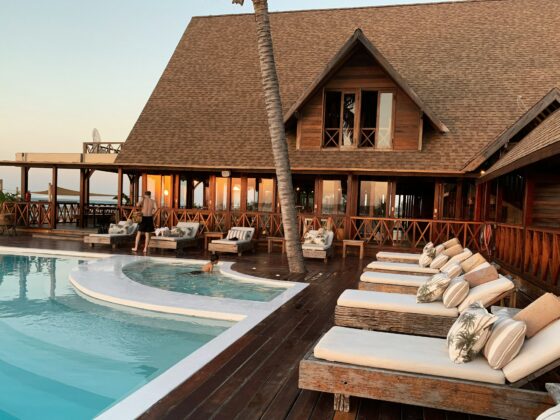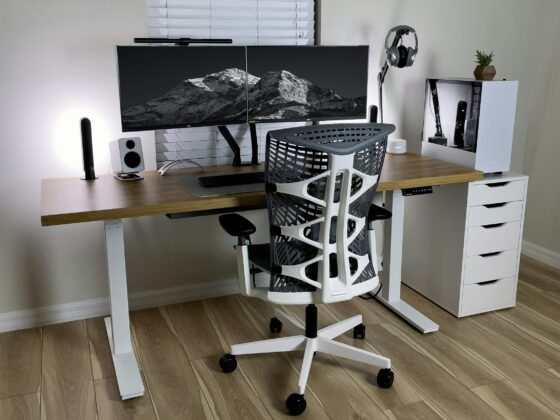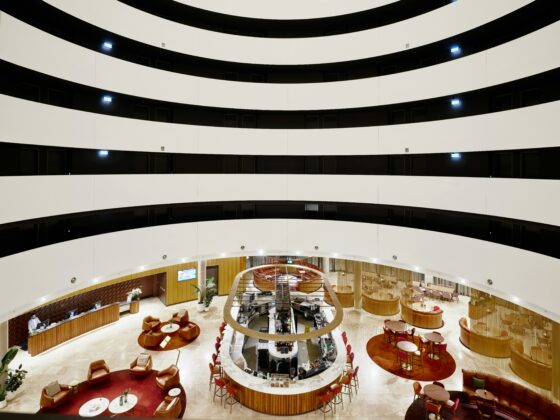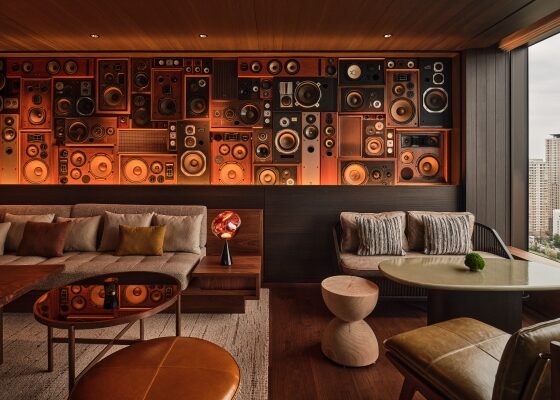Luxury’s Customer Experience challenge
The luxury industry thrives on feeling. A customer will spend $15,000 on a handbag from Hermès because of how it makes them feel. Practicality rarely comes into the equation: after all, the Hermès bag buyer will carry the same items in it as they would a $25 equivalent from H&M.
That’s not to ignore quality of materials and craftsmanship, which also justify spending significantly more on a luxury item than a mass-market product. However, these attributes are a given for any serious luxury goods brand, so they become almost irrelevant when choosing between, say, Yves Saint Laurent and Givenchy.
This gives the luxury industry both a unique power and a daunting challenge: if a customer is buying on feelings, what happens if that feeling fades? It’s a challenge we’ve seen intensifying with generational change, as GenZ consumers are known for being less brand loyal than previous generations.
The industry’s response to this increasing new consumer includes building communities to foster a sense of belonging, while using authentic storytelling to create a more engaging brand experience.
A very good recent example of this is Hermès and its HermèsFit initiative. This popup fitness gym has been touring the world, touching down in the United States, Japan, Singapore, France and China among other locations.
Complete with a boxing ring for live performances, plus 30-minute fitness classes including ‘Carré Yoga’ and a ‘Small Leather Goods Workout’, this popup space is described as being “where fitness meets fashion” and it provides a fun and interactive way to connect with the Hermès brand.
Can you do it every day?

It’s relatively straightforward to generate engagement by investing in an eye-catching concept like HermèsFit; the far bigger challenge is delivering it day-in day-out across your retail store portfolio. This has been a major area of activity for our consultancy, and it’s where we use our hospitality backgrounds to good advantage.
For example, we worked with a luxury watch retailer to bring some of that hospitality essence into their stores. By that I mean transforming those stores into places that were comfortable and inviting for their clients to meet friends for a drink, with no sales pressure, just a really nice environment in which to hang out.
By doing so, it set these customers on the path to becoming true brand ambassadors, the ultimate goal of any Customer Experience strategy. And it makes the store a place people have a desire to visit, adding to the overall brand experience.
The same is true in the online world. I was speaking recently with a partner company which specializes in 3D visuals. My contact pointed out that many luxury brand websites struggle to provide a more immersive and engaging experiences than their more mass-market equivalents. This is an area where I think the luxury industry has significant room to improve.
Conclusion
There’s so much more to discuss when it comes to Customer Experience; I’ve merely scratched the surface with this article.
To recap, the fundamentals for success are an ability to put yourself into your customer’s shoes; and to put Customer Experience at the heart of your corporate culture, so that it becomes a responsibility shared across every part of the organization, not just one department or team. Last but not least, it’s essential to nurture and retain employees with the skills and attributes to delight your customers – and to give them the freedom to be themselves.
Get this right, and you’ll transform your customers into brand ambassadors.
About the author
Miriam’s journey across five countries and a decade in corporate roles revealed a passion for Customer Experience based on empathy and resilience. Starting in luxury hotels across Barcelona and Dubai, she later expanded her expertise to financial services with deVere Group. Now, as Co-founder and Head of Growth at Thinking Luxury, she empowers businesses with Customer Experience strategies that build lasting client connections. Miriam remains committed to innovating Customer Experience approaches that prioritize human connection and sustainable impact.
Connect with her on LinkedIn here
Photo credits
Main image: sakchai vongsasiripat/Getty
Customer experience graphic: Iurii Motov/Getty








